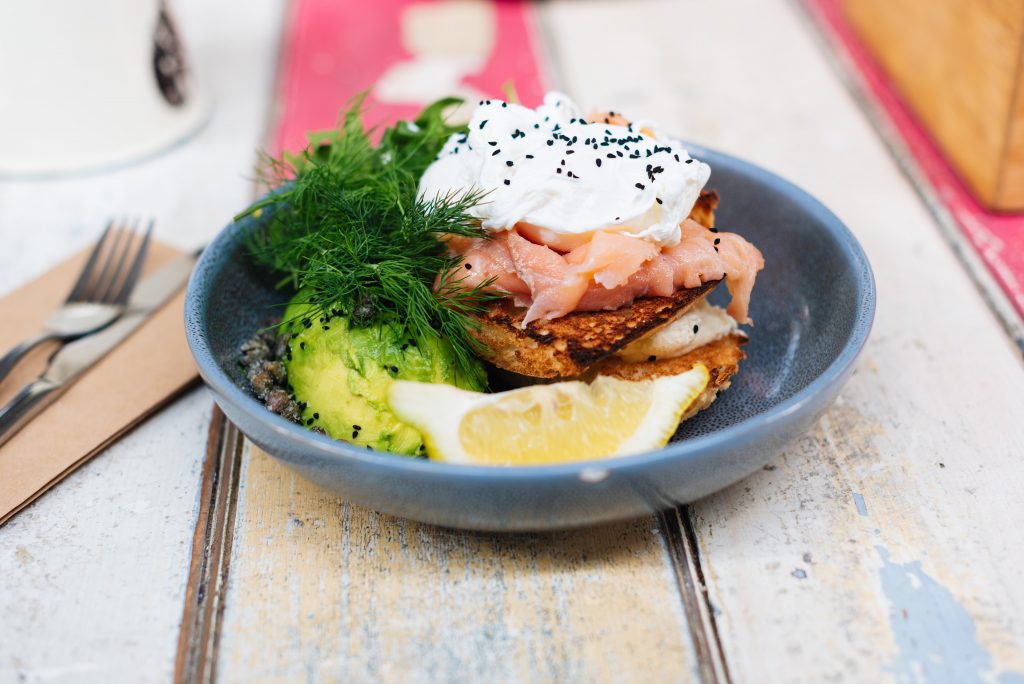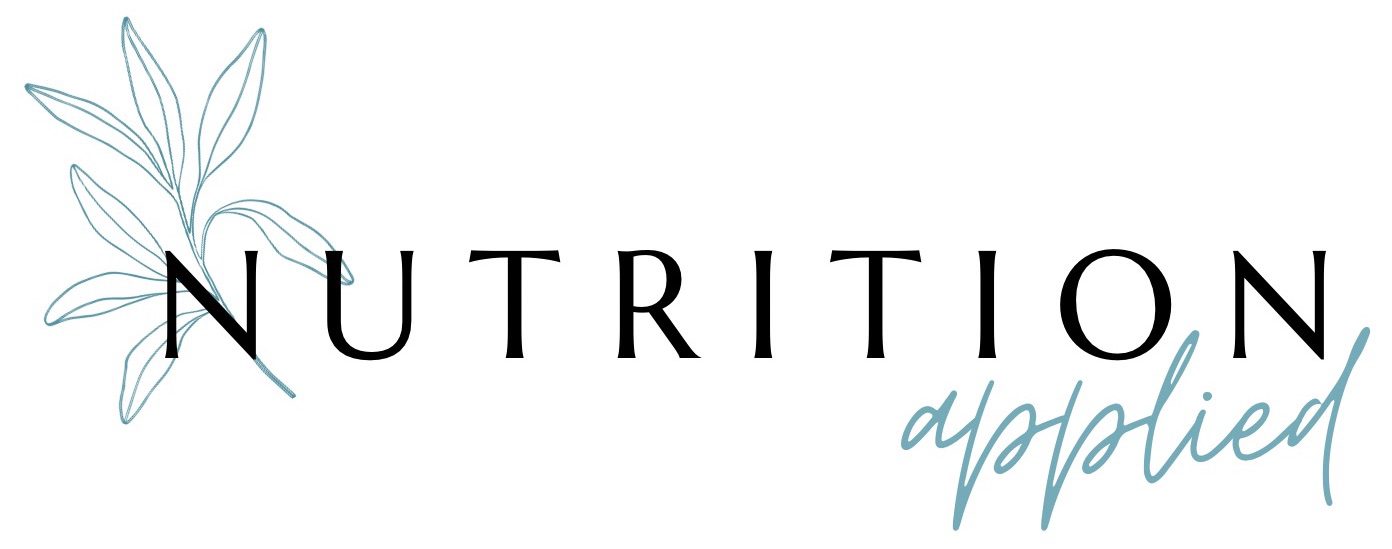
Protein matters
As we embark on this new year, many of us have aspirations to exercise a little more and eat a little better. Most of the headlines focus on diets which often involve restricting or eliminating, both strategies we now know don’t work over the long term. What is often not addressed and is a key area that most of us struggle with is how much protein is necessary and indeed beneficial for our long term health.
It’s often touted that it is mainly athletes and those looking to build muscle that need to focus on their protein intake, when in fact every one of us needs to understand what our optimum daily amount is, no matter what our level of activity is.
Most of us have heard that proteins are the building blocks of our bodies, and we tend to visualise our muscles, but it is needed for every one of our organs, our blood cells, enzymes, bones and hair. Even our DNA is built from protein. And it is also an energy source. Without adequate levels of protein, we are not able to build, repair or maintain our bodies in optimal health.
If our goal is to lose weight, protein is particularly helpful for satiety – meaning we feel more full and will subsequently eat less, which will help with shifting the scales by healthy means.
Optimal protein intake, however, remains a confusing aspect of nutrition with varying daily intake recommendations, confusing info about what a complete protein is and if plant-diets are protein deficient.
Now for the specifics
For most people, 0.8-1g of protein per day for every kg of body weight is a good target. So if you’re 70kg, aim for around 70g of protein divided into your three meals. If you’re a runner and train 3-4 times a week, increase this to 1.2-1.5g of protein per kg of body weight as this can help with recovery. If you do strength training, aim for up to 2g of protein per kg of body weight in order to prevent injury and to facilitate muscle growth.
There is also mounting evidence that our protein requirement increases as we age in order to prevent age-related muscle loss, so if you’re over 65, aim for the higher end of the recommended range.
These are not hard and fast rules, and you’ll need to gauge how much you should eat based on your activity levels, your recovery times and your general sense of wellbeing. Most clients that I see in clinic, whether athletes or not, consume less than these recommendations and would all benefit from upping their intake.
It is fine to exceed these ranges if you prefer a high protein keto-style diet, but always check with your doctor if you have any concerns.
So what is a ‘complete’ protein?
While it’s important to get enough protein in our diet, it’s also crucial to ensure we’re getting the right type of protein. Protein is comprised of 20 amino acids; our bodies are able to make 11 of these amino acids but the remaining nine amino acids, called ‘essential amino acids’ need to come from the foods we eat. When a food contains all nine of these amino acids, it is called a ‘complete’ protein.
Animal proteins are complete, and these include meat, poultry, fish, eggs and dairy. There are also a few plant-based sources of complete protein, including quinoa, soybeans, blue-green algae, buckwheat and hemp seeds. Incomplete plant-based protein sources include most legumes, grains, vegetables, nuts and seeds.
It is not necessary to have a complete protein with every meal, as long as we combine as wide a variety of incomplete protein sources throughout the day, thus ensuring we consume all 9 essential amino acids. Great combinations are:
- Nuts or seeds with whole grains (peanut butter on whole wheat toast)
- Legumes with whole grains (chilli sans carne and rice; hummus and pita bread, lentil curry with basmati, chickpea tagine with couscous)
- Legumes with nuts or seeds (chickpeas salad with sunflower seeds)
How much is enough?
Once you know your approximate daily requirement of protein, divide it into your three meals. That way if your requirement is 70g, you’ll need 20-25g/meal. Focusing on protein intake this way helps you to reap the benefits of protein throughout the day versus just one large protein-heavy meal at the end of the day.
A simple guide to getting approximately 20-25g : when it comes to animal protein like chicken or beef, eat a portion the size of your palm. With eggs, you’ll need 4-5 eggs to reach your quota. With regards to plant foods, as they are less protein-dense, it is important to consume sufficient quantities; for instance, have at least 1 cup of legumes with a cup of rice, or a cup of veg curry with a full cup of quinoa.
With ready-made sandwiches or meals, always read the protein content on the label to ensure you’re adding enough to make up your daily requirement.
In conclusion
Understanding your protein needs and how much your typical daily diet provides you with is important to ensure your diet is supporting you to build, repair and maintain your body to ensure long term health. Although it may seem a little complicated at first, you’ll soon become familiar with the protein content of your favourite foods and be able to structure your meals to ensure adequate intake to suit your lifestyle.
